We use cookies to make your experience better. To comply with the new e-Privacy directive, we need to ask for your consent to set the cookies. Learn more
Should you ride your horse while they're recovering from ulcers?
Once you’re on the road to recovery, you might want to know whether you can ride your horse while the ulcers are healing.
The short answer is yes… but just because you can, doesn’t necessarily mean you should.
Riding a horse while it’s in pain has welfare implications that could cause ongoing behavioral issues.
However, exercise in itself is an essential part of good horse management. So if the horse cannot be completely rested and turned out - then these are a few ways you can help them say exercised and comfortable while they heal from ulcers.
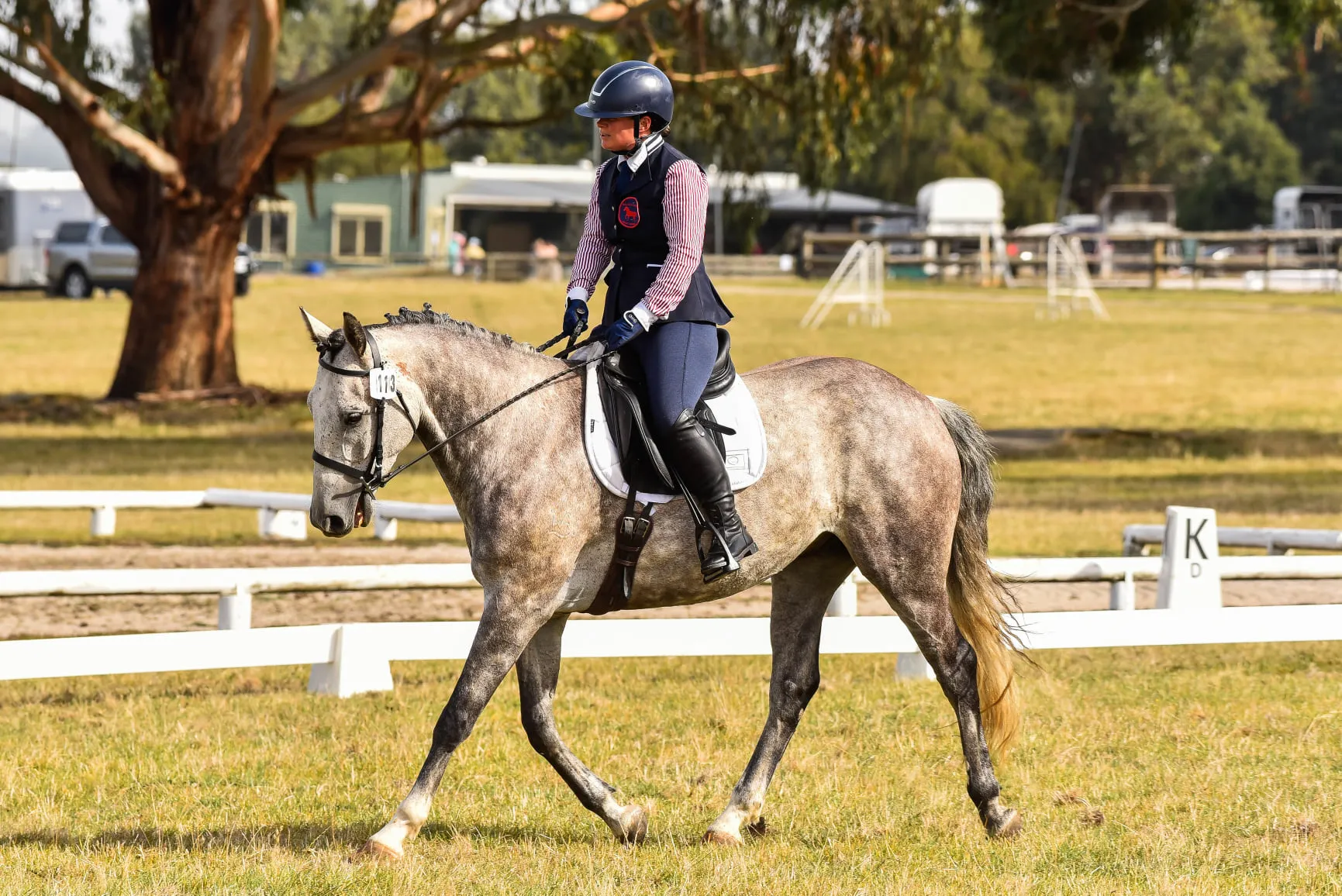

Feed prior to exercise
Offering your horse a small feed prior to exercise will help reduce ‘gastric splashing’ - which is one of the most prevalent causes of ulcers in performance horses. The ideal food for this is alfalfa (or lucerne) as it has been proven to reduce acidity in equine diets.
Walk, walk, walk...
Good ol’ fashioned walking is often overlooked when it comes to effective horse training and conditioning.
When it comes to schooling, and if your horse's is balanced, regular and steady then new or advanced exercises can be introduced at the walk.
From a therapeutic perspective, the walk requires full contraction of the long back muscles in a contraction-relaxation cycle. This is a great way to gently strengthen muscles in a way that prevents tension. In addition, the mechanics of the walk increase stimulation of highly innervated postural muscles and can enable your horse find more range of motion and joint flexion.
Consider incorporating 2-3 days a week of a good, long, marching walk instead of high intensity work. Your horse will benefit mentally & physically.
Limit 'Bouncy Work'
The period in which your horse is recovering from ulcers is not the time to engage in bouncy or 'gymnastic' work.
This includes any activity with exagerrated 'stop & start' movements like barrel racing, sliding stops and 'up & down' movements like advanced dressage, polework, jumping or grids.
Long, low, slow & gentle work is preferred to limit the instance of gastric splashing.
Incorporate 'snack breaks'
Dr Bob Rogers DVM suggests that allowing a horse to graze during a ride stimulates saliva production, which in turn neutralises stomach acid.
It's also a nice way to give them a 'brain break' to lower stress levels and increase emotional fitness.
Add sucralfate into your treatment regimen
Adding Absucralfate into your treatment regimen will be beneficial in a few ways, especially if you’d like to keep your horse in work.
Sucralfate works in a mechanical action to bind to the ulcer lesion site. This proves a protective layer that masks pain and promotes healing.
AbSucralfate is availalble without a prescription, from our website here - It's safe, affordable and available in easy-to-administer granules.

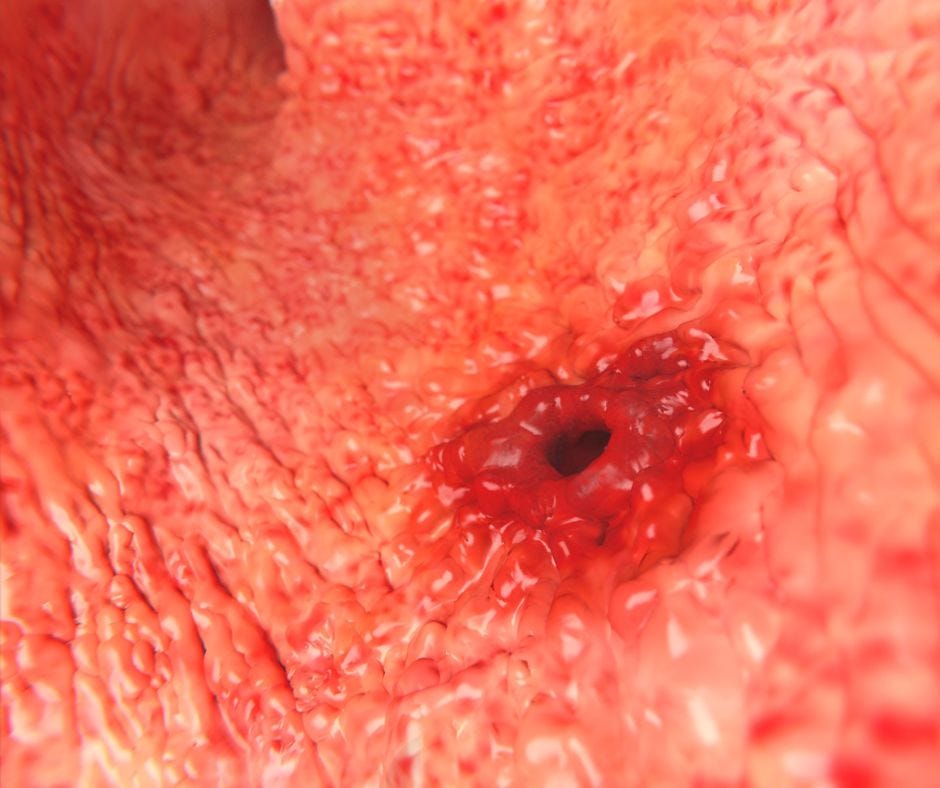
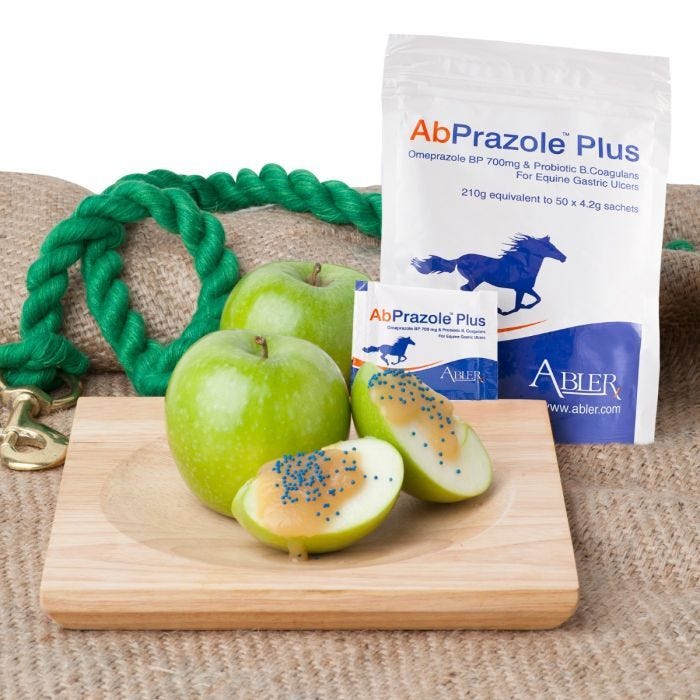
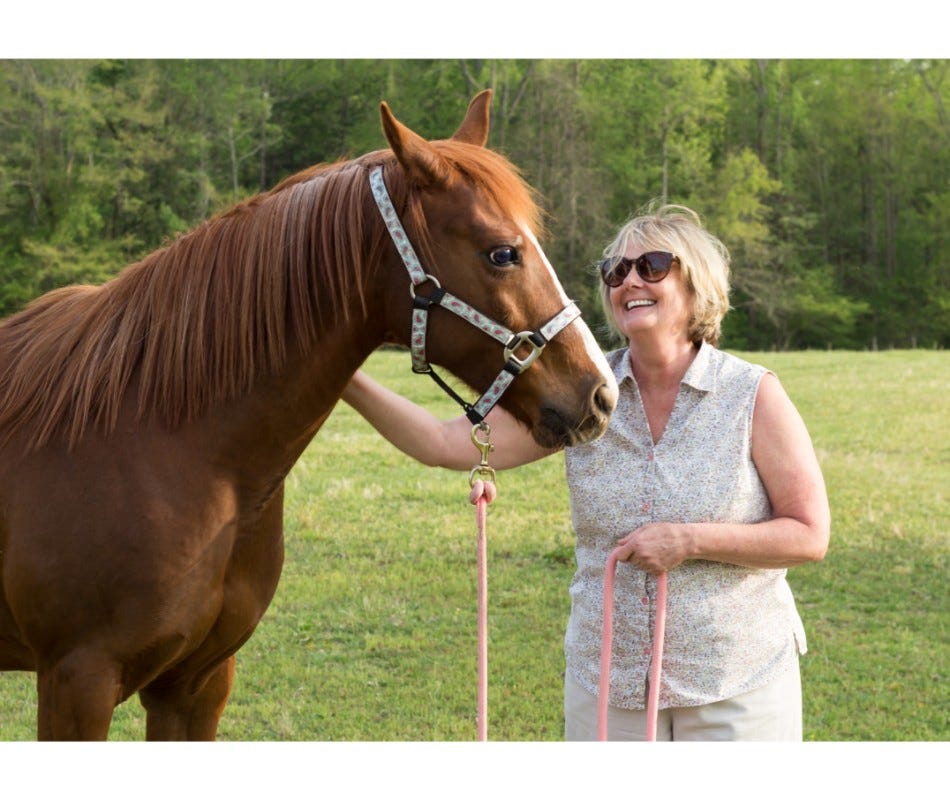
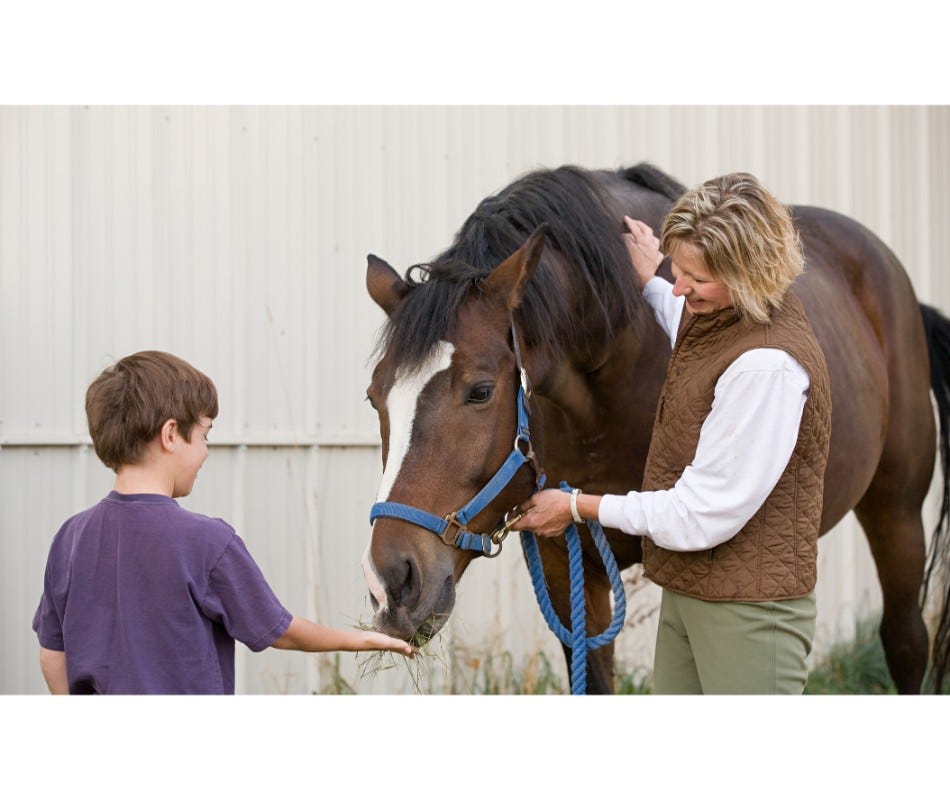
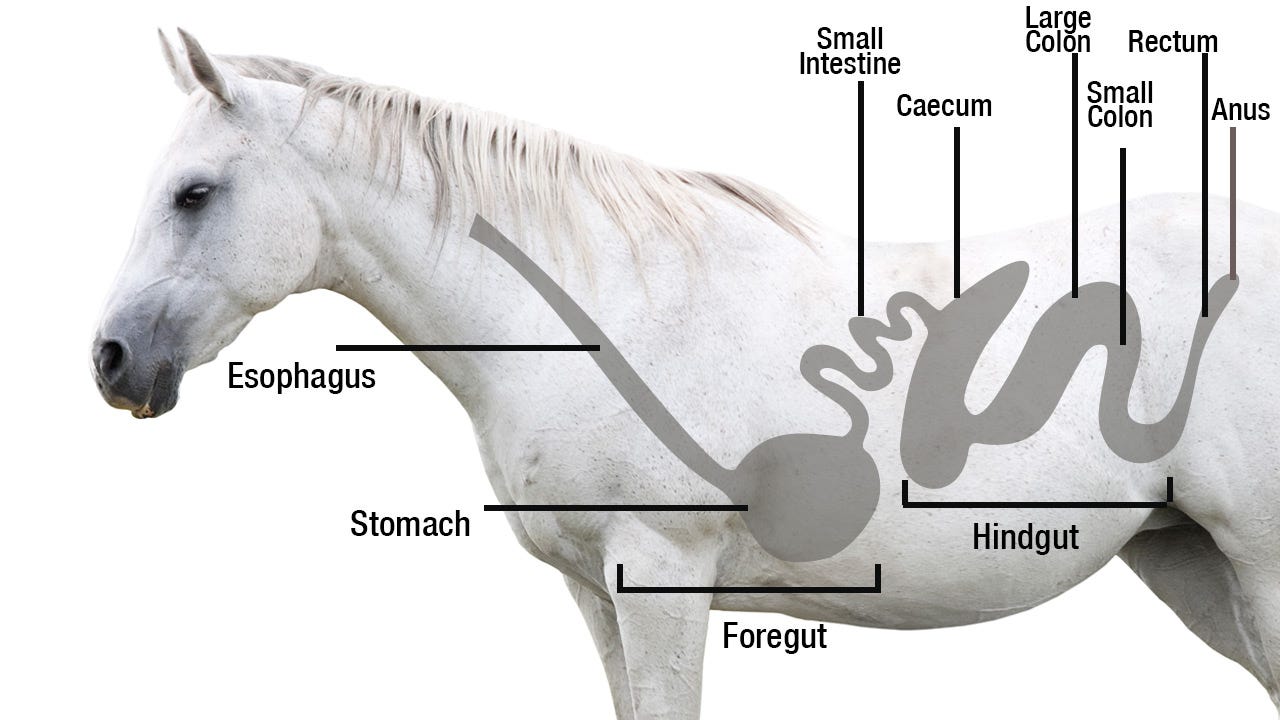
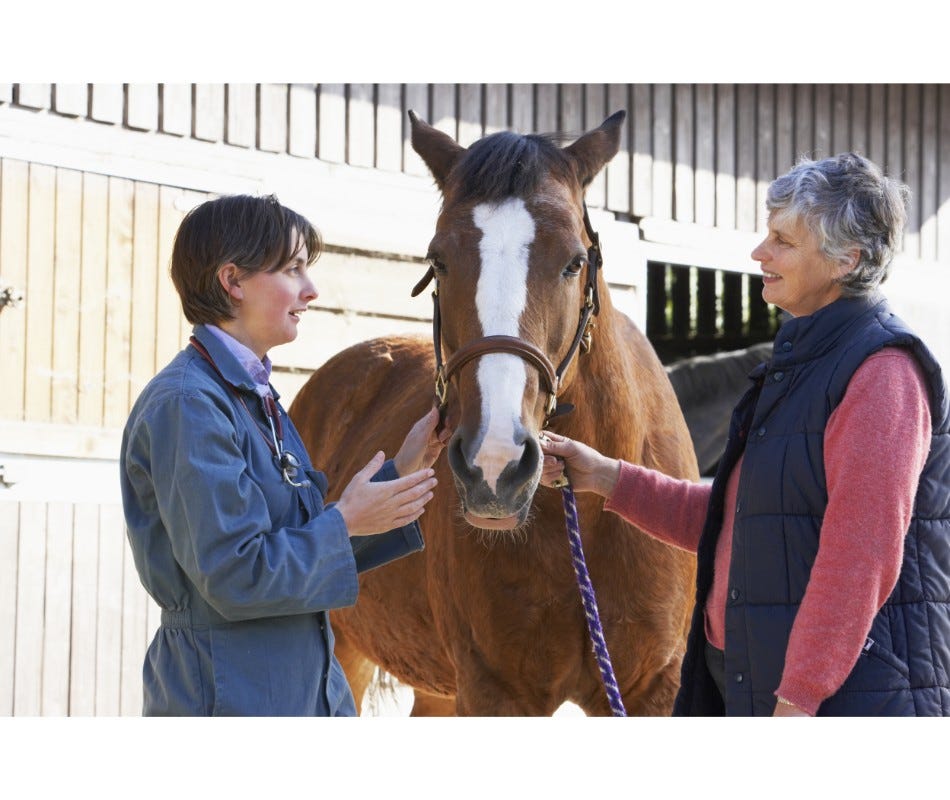
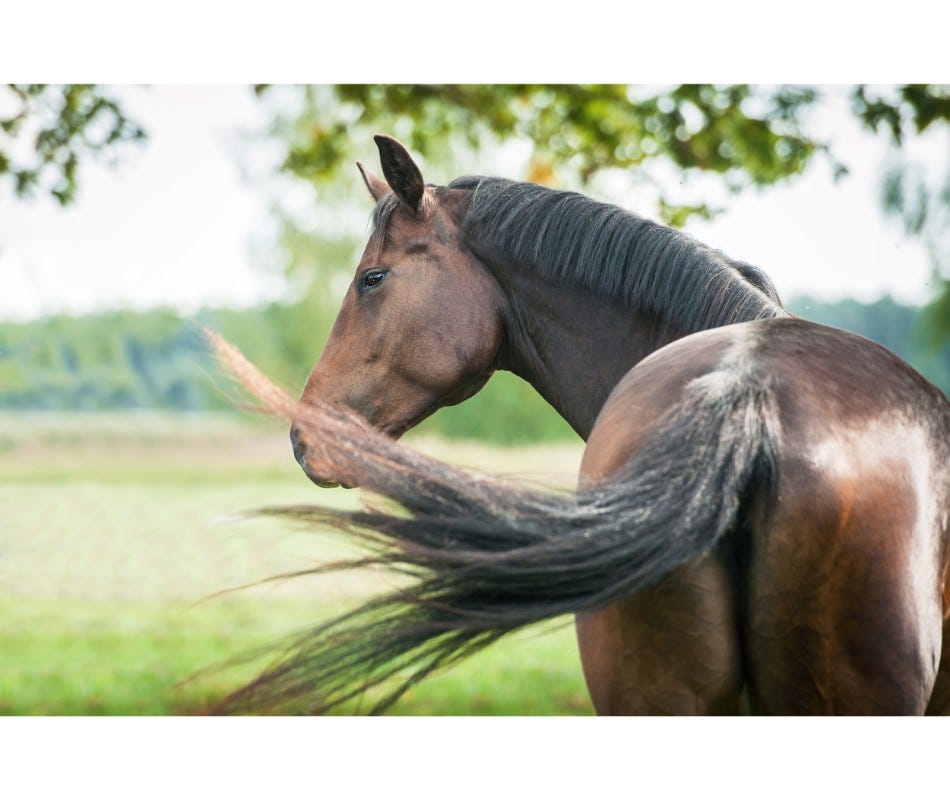
Validate your login